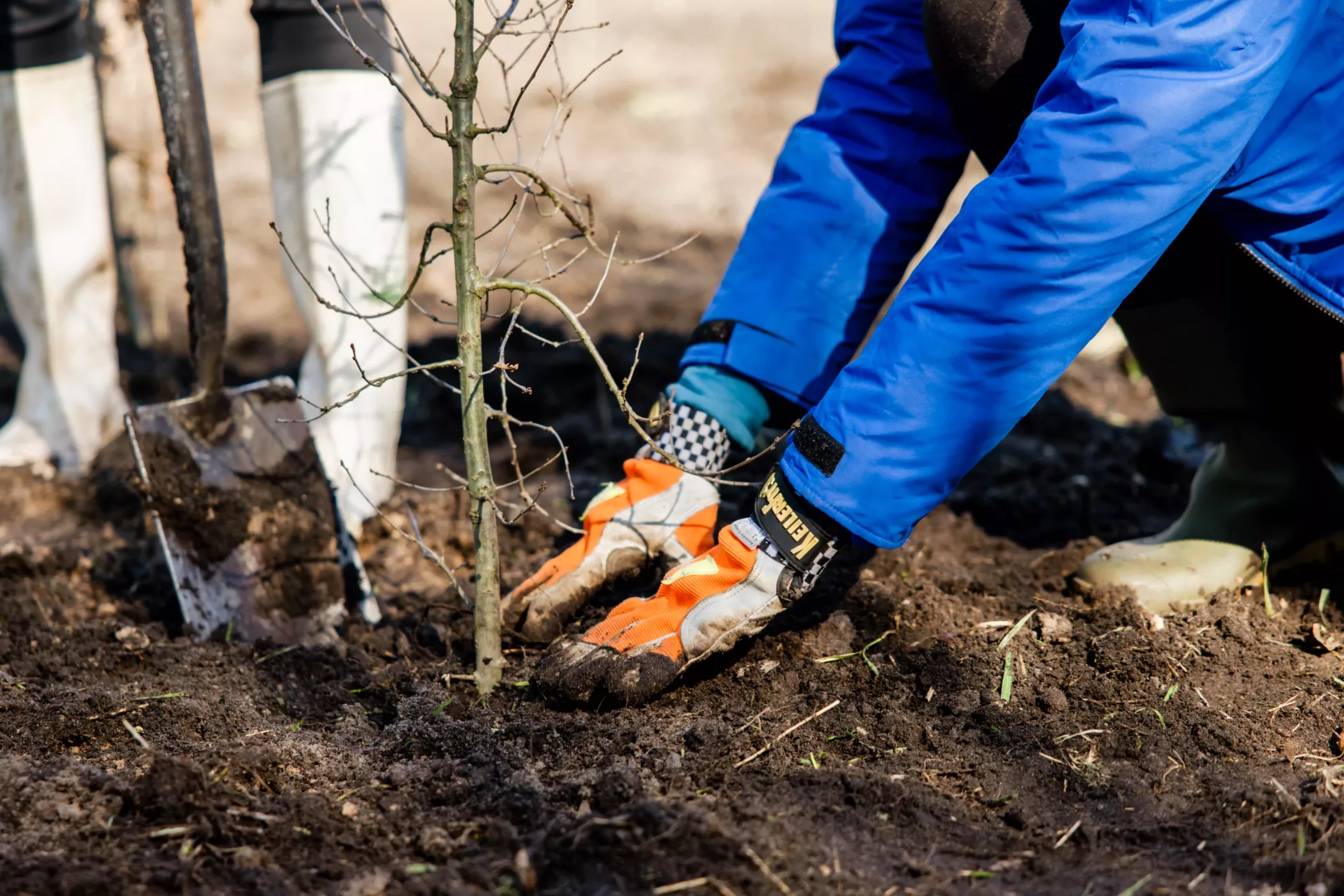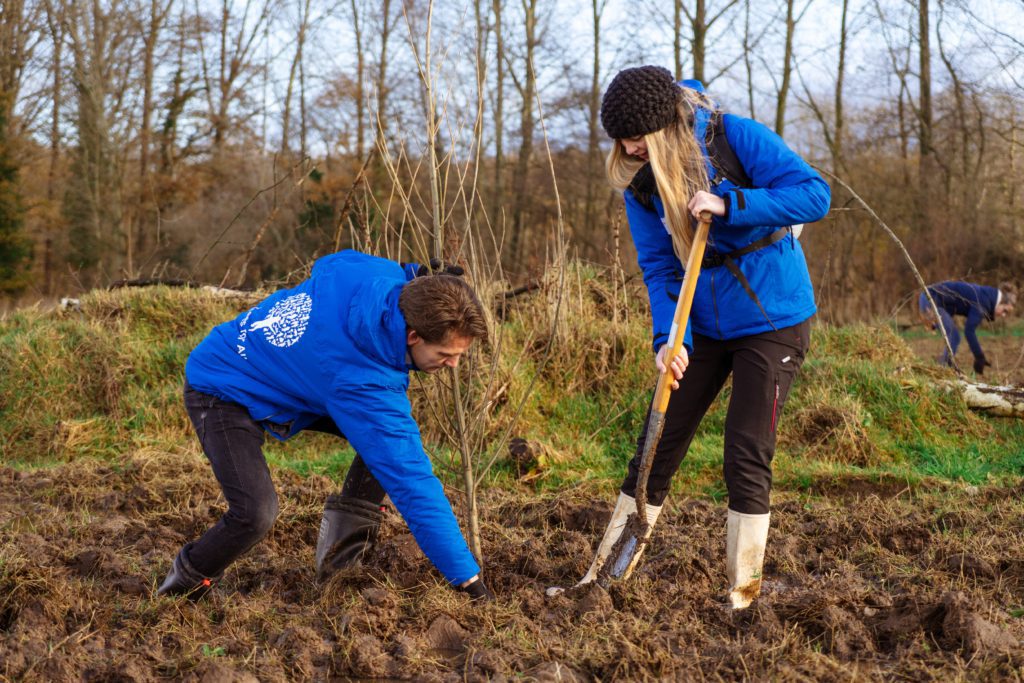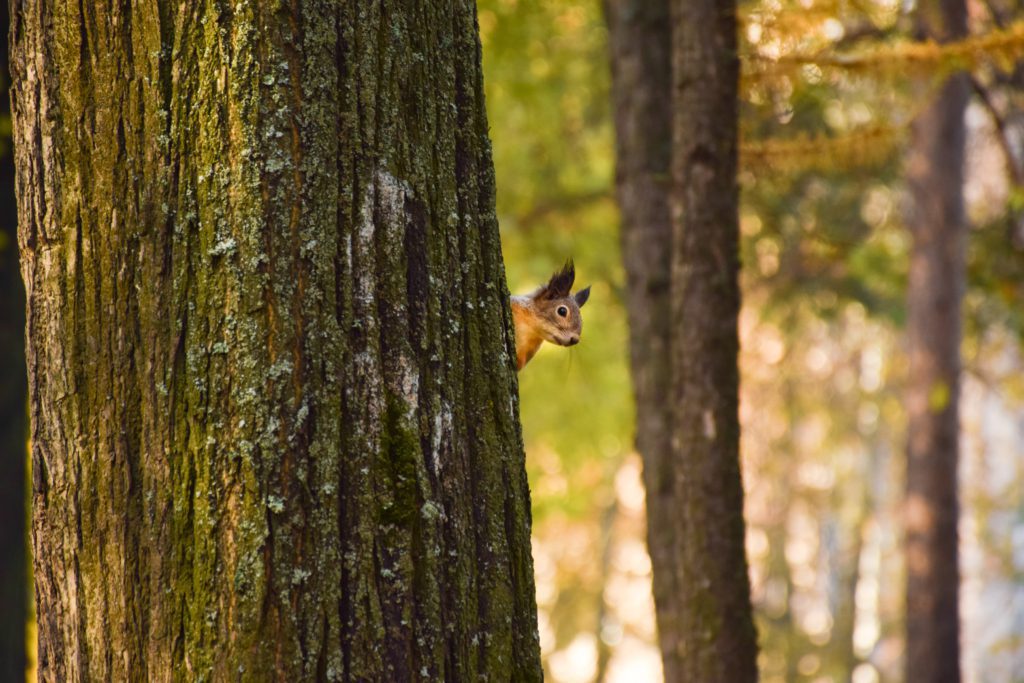How do we plant the right trees at Trees for All?
21 March 2023

21 March 2023
Does Trees for All plant the correct trees? And how do we know we do the right thing? In 2022, news website NU.nl published the item ‘We plant the wrong trees in massive numbers’. In 2023 it was followed by a new item, which showed that millions of wrong trees were planted this winter. This evokes a lot of questions in our donors and partners. In the following article we will demonstrate extensively what choices we make when planting trees and why we do so.
As a non-profit organisation, we devote ourselves every day to a world full of trees. We aim to achieve this by planting trees through various forest projects worldwide. We select those projects carefully on the basis of our criteria for projects in the Netherlands and projects abroad.
First and foremost, a project always has a broad impact. Not only do the trees we plant contribute to climate improvement, but also to more biodiversity and healthy living conditions. This impact can only be realised if we plant the right trees in the right places and take care of these trees in the right manner.
For that reason, one of our criteria is to plant indigenous species of trees. This means trees which naturally grow in a certain area or certain region. It is a conscious choice. Indigenous trees are demonstrably better for biodiversity, soil and water management in a certain area.
Indigenous trees literally produce more life above and below ground level. They are home to various insects, birds, mammals and fungi. All those animals and organisms depend on these indigenous trees. Even more so: they appear far less or not at all in non-indigenous species.

In order to decide what indigenous types of trees are best for us to plant, we use the ‘Rassenlijst Bomen’ (List of recommended varieties and provenances of trees), which contains all species that occur in The Netherlands, together with their origin. In other words: the spot where the original seed source (tree) grew.
This may be within the Netherlands or outside. Preferably, we choose native trees that have grow in the Netherlands of old. Here you could think of lime, durmast and common oak, black poplar, fluttering elm, wild cherry or hornbeam. In some places in our country, this type of growth can still be found in the heart of ancient forests, wooded banks and hedges. Some groups of trees are over a thousand years old!
At the same time, there are not enough native trees left to be able to harvest seeds for the large quantities of forest we wish to plant. For that reason, it is important to set aside planting material way ahead of time, some two or three years in advance. Various partners with whom we work together, such as ARK Nature Development and Dutch State Forest Management, do this as well.

So, from Trees for All we aim at planting new forest by means of native or regionally authentic planting material, together with our project partners. Do we wish to plant trees in a certain area? Then we investigate first which species already occur there or should do so, but are missing as of yet. Next, our project partners order the planting material, which we plant together.
Apart from the choice of indigenous species of trees, we consider it important to plant varied forests. Large-scale monocultures used to be planted: forests consisting of only one or just a few types of trees. When planting these monocultures, the focus is on silviculture or construction wood, not on the importance of trees for e.g. biodiversity. However, we consider that last element very important.
For that reason, we plant 15 to 20 different species of trees per project on average. Such varied forests are more stable and more climate proof than monocultures. Should one type be troubled e.g. because of a pest or drought? Other kinds will maintain the health of the forest. The empty spot will be filled by the other trees.
One example: we see that Norway spruce monocultures die massively. However, a single Norway spruce in a mixed forest is very valuable for e.g. specific fungi, toadstools and mushrooms or as a nesting place for birds of prey.
Climate change is not new. But in the last few decades changes are seemingly taking place faster and faster. Other developments have also become threats , such as drought, fragmentation and an excess of nitrogen. As a result, even species of trees which have occurred in the Netherlands for many years are negatively affected. If we wish to keep our forests vital and strong, we should plant indigenous and recognized trees in mixed forests. Every day, this is our goal: the right tree in the right place, maintained in the right way.